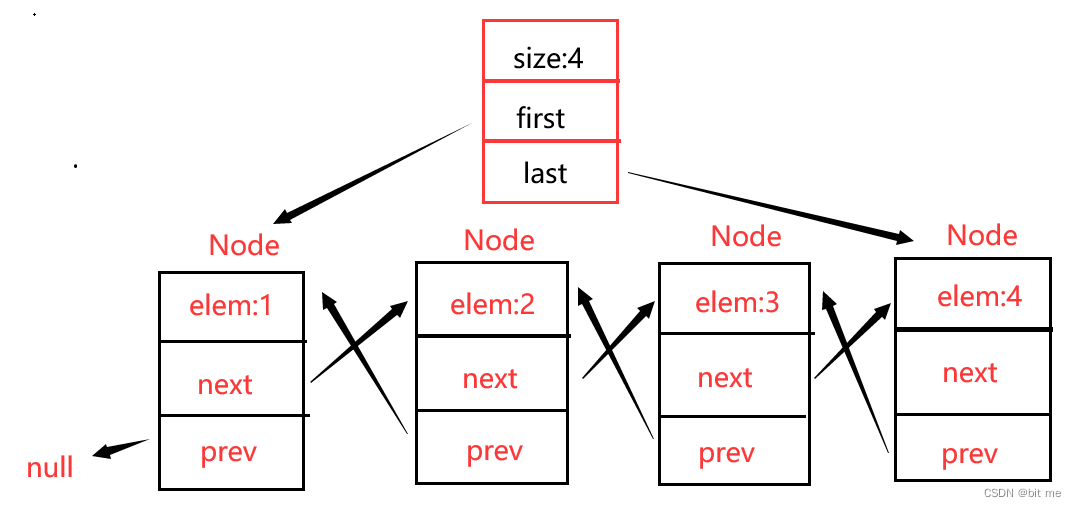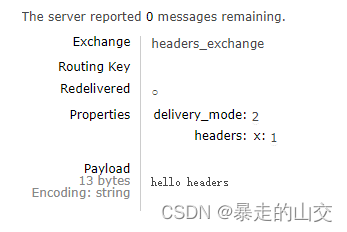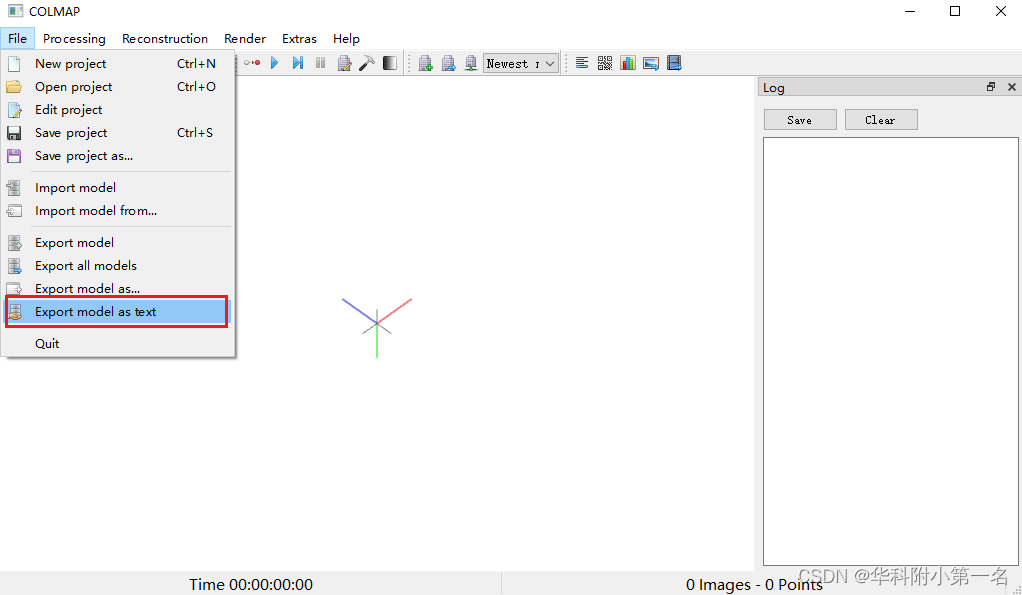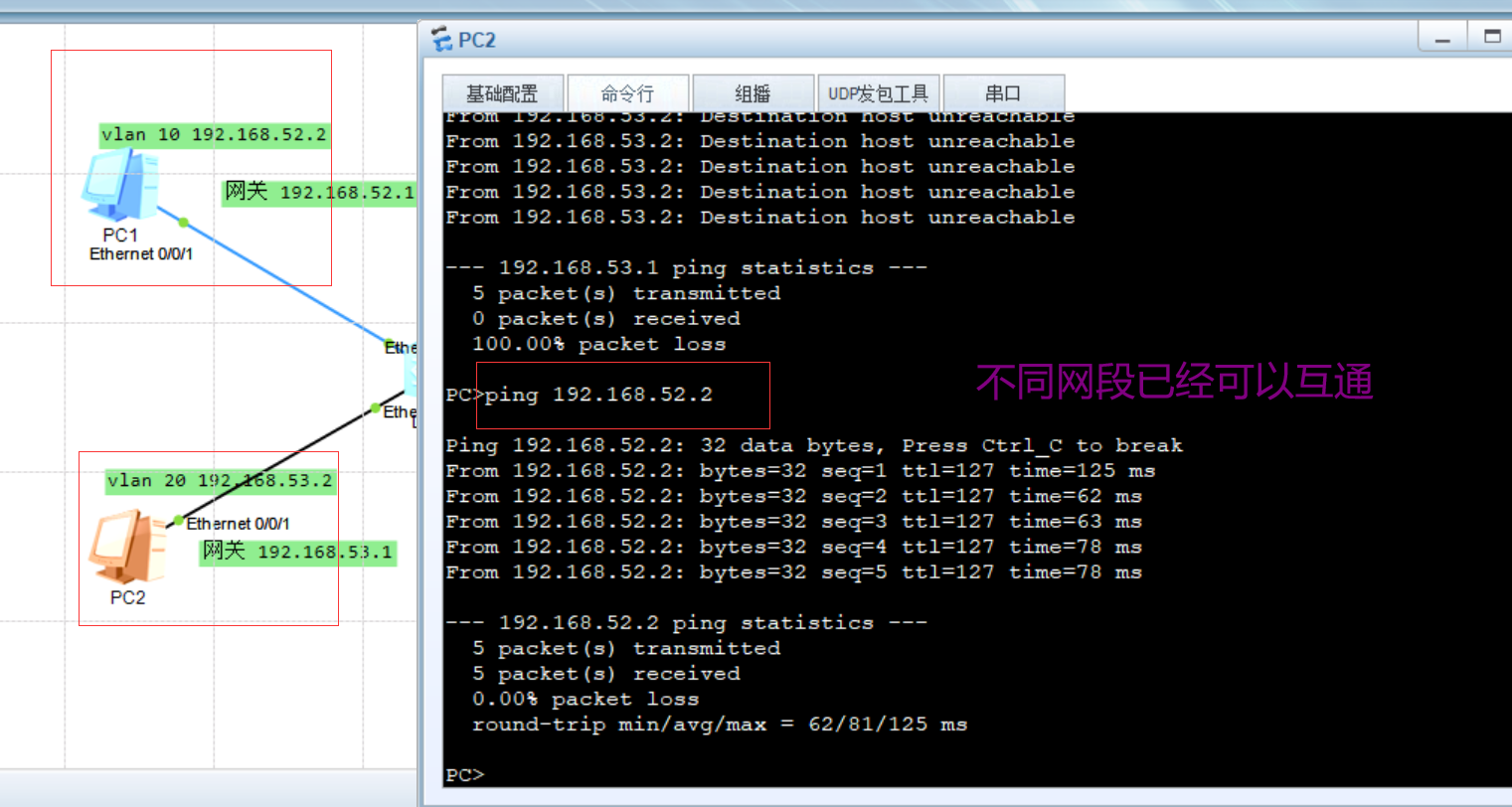
✨个人主页:bit me
✨当前专栏:数据结构
✨每日一语:假如困境有解,何须心烦意乱;倘若困境无解,又何须郁郁寡欢。每个人都有两次生命,当你意识到你只有一次生命的时候,你的第二次生命就开始了🌹 🌹 🌹
LinkedList 与 链表
- 📕一. ArrayList的缺陷
- 📗二. 链表
- 📄2.1 链表的概念及结构
- 📄2.2 链表的实现
- 📘三. LinkedList的模拟实现
- 📒四.LinkedList的使用
- 📜4.1 什么是LinkedList
- 📜4.2 LinkedList的使用
- 📔五. ArrayList和LinkedList的区别
📕一. ArrayList的缺陷
熟悉了ArrayList的使用后,并且进行了简单模拟实现。通过源码知道,ArrayList底层使用数组来存储元素,由于其底层是一段连续空间,当在ArrayList任意位置插入或者删除元素时,就需要将后序元素整体往前或者往后搬移,时间复杂度为O(n),效率比较低,因此ArrayList不适合做任意位置插入和删除比较多的场景。因此:java集合中又引入了LinkedList,即链表结构。
📗二. 链表
📄2.1 链表的概念及结构
链表是一种物理存储结构上非连续存储结构,数据元素的逻辑顺序是通过链表中的引用链接次序实现的 。

注意:
- 从图中可以看出,链式结构在逻辑上是连续的,但是在物理上不一定连续
- 现实中的节点一般都是从堆上申请出来的
- 从堆上申请的空间,是按照一定的策略来分配的,两次申请的空间可能连续,也可能不连续
实际中链表的结构非常多样,以下情况组合起来就有8种链表结构:
-
单向或者双向

-
带头或者不带头

-
循环或者非循环

虽然有这么多的链表的结构,但是我们重点掌握两种:
-
无头单向非循环链表:结构简单,一般不会单独用来存数据。实际中更多是作为其他数据结构的子结构,如哈希桶、图的邻接表等等。另外这种结构在笔试面试中出现很多。

-
无头双向链表:在Java的集合框架库中LinkedList底层实现就是无头双向循环链表。
📄2.2 链表的实现
- 链表是由一个一个节点组成的 就可以设置成内部类,然后就是定义数值域和存储下一个节点的地址,另外提供一个构造方法来new数值域
public class MySingleList {static class ListNode{//静态内部类public int val;//数值域public ListNode next;//存储下一个节点的地址public ListNode(int val){this.val = val;}}...
}
此处需要注意的是我们的构造方法只需要传val,因为我们next值是未知的,在任意位置都是不同的
- 定义单链表的头节点的引用
public ListNode head;
注意在这里我们头节点不要定义在静态内部类中,头节点属于整个链表的头节点
- 进行初步简单的链表构造
public void creatList(){ListNode listNode1 = new ListNode(12);ListNode listNode2 = new ListNode(23);ListNode listNode3 = new ListNode(34);ListNode listNode4 = new ListNode(45);ListNode listNode5 = new ListNode(56);listNode1.next = listNode2;listNode2.next = listNode3;listNode3.next = listNode4;listNode4.next = listNode5;this.head = listNode1;
}
- 定义好一串链表数值val,此时next域为null
- 让每一个节点next域指向下一个节点,就发生了节点的链接指向
- 最后把第一个节点定义为头节点
- 链表的打印
public void display(){ListNode cur = head;while(cur != null){System.out.print(cur.val+" ");cur = cur.next;}System.out.println();
}
- 在这里需要注意的是用cur替代head的遍历,head就会一直存在,不会被丢失掉
- cur替代head的时候,只要不为空,就一直打印然后往后走,直到为空后停止打印
- 查找是否包含关键字key,是否在单链表当中
public boolean contains(int key){ListNode cur = this.head;//cur != null 说明没有遍历完链表while(cur != null){if(cur.val == key){return true;}cur = cur.next;}return false;
}
cur从头节点开始遍历,当头节点不为空的情况下,判断遍历的时候是否有元素和关键字key相等
- 得到单链表的长度
public int size(){int count = 0;ListNode cur = this.head;while(cur != null){count++;cur = cur.next;}return count;
}
定义一个count,每当cur走一步,count就自增一次,直到cur遇到null然后返回count的值就是链表长度
- 头插法(时间复杂度O(1))
public void addFirst(int data){ListNode node = new ListNode(data);//当head == null的时候 可以直接总结出来/*if(this.head == null){this.head = node;}else{node.next = this.head;this.head = node;}*/node.next = this.head;this.head = node;
}
定义一个node节点,让node节点next域指向head,然后把head赋值给node(注意顺序不可改变)
- 尾插法(时间复杂度O(n))
public void addLast(int data){ListNode node = new ListNode(data);if(head == null){head = node;}else{ListNode cur = head;while(cur.next != null){cur = cur.next;}//cur.next == null;cur.next = node;}
}
当cur遍历走到null的位置时,说明走到了最后一个节点的位置,此时让cur的next域指向node就可以把node插入到尾部节点
- 指定位置插入元素,为了插入元素,我们得先给每个节点赋予下标
①:先判断下标合法性
private void checkIndexAdd(int index){if (index < 0 || index > size()){throw new MySingleListIndexOutOfException("任意位置插入的时候,index位置不合法!");}
}
下标既不能是0,也不能大于链表长度,否则是不合法的
②:考虑特殊情况,下标为0插入相当于头插法,下标为链表长度为尾插法
③:如何插入元素?
例如在下标为 1 和 2 之间插入元素,插入节点为node,我们让cur走到1的时候,让node的next指向cur的next,就相当于让node的next指向了下标为2的节点,再让cur的next指向node就可以把三者连接起来了
找到node前一个节点的位置cur
private ListNode findIndexSubOne(int index){ListNode cur = this.head;while (index - 1 != 0){cur = cur.next;index--;//cur走的趟数}return cur;
}
总的实现:
public void addIndex(int index,int data){checkIndexAdd(index);if(index == 0){addFirst(data);return;}if(index == size()){addLast(data);return;}ListNode node = new ListNode(data);ListNode cur = findIndexSubOne(index);node.next = cur.next;cur.next = node;
}
- 删除第一次出现的关键字key
删除一个节点我们可以让关键字key前面的一个节点直接指向关键字key后面一个节点,直接跳过了key就是删除了
public void remove(int key){if(this.head == null){System.out.println("此时链表为空,不能进行删除!");return;}if(this.head.val == key){//判断第一个节点是不是等于我要删除的节点this.head = this.head.next;return;}ListNode cur = this.head;while(cur.next != null){if(cur.next.val == key){//进行删除了ListNode del = cur.next;cur.next = del.next;return;}cur = cur.next;}
}
- 考虑特殊情况,链表为空和第一个节点就是我们要删除的关键字
- 首先在cur的next域不为空的前提下我们才能判断cur的next域的val,不至于发生空指针异常,当我们cur的next的val为关键字的时候,最终目的就是要让cur的next往后指俩位,相当于cur.next.next,直接逃过要删除的节点就可以了
- 删除所有值为key的节点
要求:
- 时间复杂度为O(n)
- 只遍历单链表一遍
首先我们需要知道的是:
删除的核心是
需要找到这个节点的前一个节点是谁
所以我们在这里定两个指针cur和prev,其中cur代表的是要删除的节点,prev代表的是cur的前驱
每次cur走一步的时候,prev都会紧随其后,当cur遇到了要删除的链表,都会直接往后走,直到遇到非val值的节点,然后prev继续跟着cur走
①:先考虑特殊情况:头节点不为空
②:定义cur和prev指针位置
③:在删除节点之前,我们得知道cur走动的前提是不为空的
④:在cur 不为空的前提下,我们该如何删除元素呢?
如第二个节点为我们要删除的元素,直接让prev(head)指向第三个元素的下标,第三个元素的下标就是cur.next,所以最终的式子就是prev.next = cur.next,然后让cur继续往后面走,继续执行此代码
⑤:最终代码就完成了,但是还有一个特殊情况,那就是cur是从第二个元素开始遍历,并没有考虑到头节点,所以我们在这里单独判断一下头节点
public void removeAllKey(int key){//删除的核心是需要找到这个节点的前一个节点是谁 设置prev为cur的前一个节点if(this.head == null){return;}ListNode cur = this.head.next;ListNode prev = this.head;while(cur != null){if(cur.val == key){prev.next = cur.next;cur = cur.next;}else{prev = cur;cur = cur.next;}}//单独处理了头节点if(this.head.val == key){head = head.next;}
}
- 清空链表里的所有元素
就是每个节点之间 不要有人引用了
①:方法一:暴力直接一步到位就是直接把头节点置为空,这样后面的链式节点全都没人引用了
②:方法二:让curNext为空,cur遍历的时候,把curNext赋给cur,最后单独处理下头节点
public void clear(){//this.head = null;//一步到位 暴力直接ListNode cur = this.head;ListNode curNext = null;while(cur != null){curNext = cur.next;cur.next = null;cur = curNext;}head = null;
}
📘三. LinkedList的模拟实现
LinkedList底层就是一个双向链表,我们来实现一个双向链表。

- 它是由一个一个节点组成的 就可以设置成内部类,然后就是定义数值域,储存上一个节点的地址和存储下一个节点的地址,另外提供一个构造方法来new数值域
static class ListNode{public int val;public ListNode prev;public ListNode next;public ListNode(int val){//此处不添加prev和next参数是因为实例化节点的时候前后都是未知的this.val = val;}
}
- 标记头尾节点
public ListNode head;//标记头部
public ListNode last;//标记尾部
- 打印
public void display(){ListNode cur = head;while(cur != null){System.out.print(cur.val+" ");cur = cur.next;}
}
和链表一样的打印
- 头插法
public void addFirst(int data){ListNode node = new ListNode(data);if(head == null){head = node;last = node;}else{node.next = head;head.prev = node;head = node;}
}
- 考虑特殊情况,LinkedList为空的情况下
- 如何头插:插入节点的next域引用头节点,头节点的前一节点域指向node,然后node就成为了头节点
- 尾插法
public void addLast(int data){ListNode node = new ListNode(data);if(head == null){head = node;last = node;}else{last.next = node;node.prev = last;last = node;}
}
- 考虑特殊情况,LinkedList为空的情况下
- 让最后节点的next域引用node,然后把node的前缀指向最后的节点,让最后的节点等于node
- 得到单链表的长度
public int size(){int count = 0;ListNode cur = head;while(cur != null){count++;cur = cur.next;}return count;
}
- 在任意位置插入节点
①:首先我们得定义下标,为节点插入做准备
private ListNode searchIndex(int index){ListNode cur = head;while(index != 0){cur = cur.next;index--;}return cur;
}
②:插入方法实现
cur是插入节点后一位的节点,让node的next域指向cur,再让插入节点前一位节点的next域指向node,让node的prev域指向插入节点的前一位节点,最后把cur的prev域指向node就完成了所有的步骤
public void addIndex(int index,int data){if(index < 0 || index > 0){System.out.println("index不合法!");}if(index == 0){addFirst(data);return;}if(index > size()){addLast(data);return;}//cur拿到了index下标的节点的地址ListNode cur = searchIndex(index);ListNode node = new ListNode(data);node.next = cur;cur.prev.next = node;node.prev = cur.prev;cur.prev = node;
}
- 查找是否包含关键字key是否在单链表当中
public boolean contains(int key){ListNode cur = head;while(cur != null){if(cur.val == key){return true;}cur = cur.next;}return false;
}
- 删除第一次出现关键字为key的节点
public void remove(int key){ListNode cur = head;while(cur != null){if(cur.val == key){//判断当前是不是头节点if(cur == head){head = head.next;if(head != null){//只有一个节点head.prev = null;}}else {//中间和尾巴的情况cur.prev.next = cur.next;if(cur.next != null){cur.next.prev = cur.prev;}else {last = last.prev;}}return;}else {cur = cur.next;}}
}
- 在这里我们删除节点不需要额外的前驱信息,节点本身就包含了
- 删除的条件
cur.prev.next = cur.next; cur.next.prev = cur.prev;- 在这里面我们用了前驱后驱信息,考虑特殊情况是有头节点和尾节点的,所以我们又要分开考虑
- 头节点就直接往后走,记得前驱为空,且考虑只有一个节点的情况
- 尾节点就直接往前面走
注意:判断后如果没有return,删除前面的节点就可能发生空指针异常
- 删除所有值为key的节点
和单个的删除是一样的,只是判断完了之后我们需要让cur继续走就对了,此时不可以return
public void removeAllKey(int key){ListNode cur = head;while(cur != null){if(cur.val == key){//判断当前是不是头节点if(cur == head){head = head.next;if(head != null){head.prev = null;}}else {//中间和尾巴的情况cur.prev.next = cur.next;if(cur.next != null){cur.next.prev = cur.prev;}else {last = last.prev;}}cur = cur.next;//继续往后走}else {cur = cur.next;}}
}
- 清空链表
遍历置为空就可以
public void clear(){ListNode cur = head;while(cur != null){ListNode curNext = cur.next;//cur.val = null 是引用类型就置为空,基本类型就不用cur.prev = null;cur.next = null;cur = curNext;}head = null;last = null;
}
需要注意的是这里头节点和尾节点需要置为空,因为遍历完成之后他们还在被引用
📒四.LinkedList的使用
📜4.1 什么是LinkedList
LinkedList的底层是双向链表结构(链表后面介绍),由于链表没有将元素存储在连续的空间中,元素存储在单独的节点中,然后通过引用将节点连接起来了,因此在在任意位置插入或者删除元素时,不需要搬移元素,效率比较高。

在集合框架中,LinkedList也实现了List接口
说明:
- LinkedList实现了List接口
- LinkedList的底层使用了双向链表
- LinkedList没有实现RandomAccess接口,因此LinkedList不支持随机访问
- LinkedList的任意位置插入和删除元素时效率比较高,时间复杂度为O(1)
📜4.2 LinkedList的使用
- LinkedList的构造
| 方法 | 解释 |
|---|---|
| LinkedList() | 无参构造 |
| public LinkedList(Collection<? extends E> c) | 使用其他集合容器中元素构造List |
- LinkedList的其他常用方法介绍
| 方法 | 解释 |
|---|---|
| boolean add(E e) | 尾插 e |
| void add(int index, E element) | 将 e 插入到 index 位置 |
| boolean addAll(Collection<? extends E> c) | 尾插 c 中的元素 |
| E remove(int index) | 删除 index 位置元素 |
| boolean remove(Object o) | 删除遇到的第一个 o |
| E get(int index) | 获取下标 index 位置元素 |
| E set(int index, E element) | 将下标 index 位置元素设置为 element |
| void clear() | 清空 |
| boolean contains(Object o) | 判断 o 是否在线性表中 |
| int indexOf(Object o) | 返回第一个 o 所在下标 |
| int lastIndexOf(Object o) | 返回最后一个 o 的下标 |
| List subList(int fromIndex, int toIndex) | 截取部分 list |
方法简介:
public static void main(String[] args) {LinkedList<Integer> list = new LinkedList<>();list.add(1); // add(elem): 表示尾插list.add(2);list.add(3);list.add(4);list.add(5);list.add(6);list.add(7);System.out.println(list.size());System.out.println(list);// 在起始位置插入0list.add(0, 0); // add(index, elem): 在index位置插入元素elemSystem.out.println(list);list.remove(); // remove(): 删除第一个元素,内部调用的是removeFirst()list.removeFirst(); // removeFirst(): 删除第一个元素list.removeLast(); // removeLast(): 删除最后元素list.remove(1); // remove(index): 删除index位置的元素System.out.println(list);// contains(elem): 检测elem元素是否存在,如果存在返回true,否则返回falseif(!list.contains(1)){list.add(0, 1);}list.add(1);System.out.println(list);System.out.println(list.indexOf(1)); // indexOf(elem): 从前往后找到第一个elem的位置System.out.println(list.lastIndexOf(1)); // lastIndexOf(elem): 从后往前找第一个1的位置int elem = list.get(0); // get(index): 获取指定位置元素list.set(0, 100); // set(index, elem): 将index位置的元素设置为elemSystem.out.println(list);// subList(from, to): 用list中[from, to)之间的元素构造一个新的LinkedList返回List<Integer> copy = list.subList(0, 3); System.out.println(list);System.out.println(copy);list.clear(); // 将list中元素清空System.out.println(list.size());
}
- LinkedList的遍历
public static void main(String[] args) {LinkedList<Integer> list = new LinkedList<>();list.add(1); // add(elem): 表示尾插list.add(2);list.add(3);list.add(4);list.add(5);list.add(6);list.add(7);System.out.println(list.size());// foreach遍历for (int e:list) {System.out.print(e + " ");}System.out.println();// 使用迭代器遍历---正向遍历ListIterator<Integer> it = list.listIterator();while(it.hasNext()){System.out.print(it.next()+ " ");}System.out.println();// 使用反向迭代器---反向遍历ListIterator<Integer> rit = list.listIterator(list.size());while (rit.hasPrevious()){System.out.print(rit.previous() +" ");}System.out.println();
}
📔五. ArrayList和LinkedList的区别
| ArrayList | LinkedList |
|---|---|
| 存储空间上 物理上一定连续 | 逻辑上连续,但物理上不一定连续 |
| 随机访问 支持O(1) | 随机访问 不支持:O(N) |
| 头插 需要搬移元素,效率低O(N) | 头插 只需修改引用的指向,时间复杂度为O(1) |
| 插入 空间不够时需要扩容 | 没有容量的概念 |
| 应用场景:元素高效存储+频繁访问 | 任意位置插入和删除频繁 |






